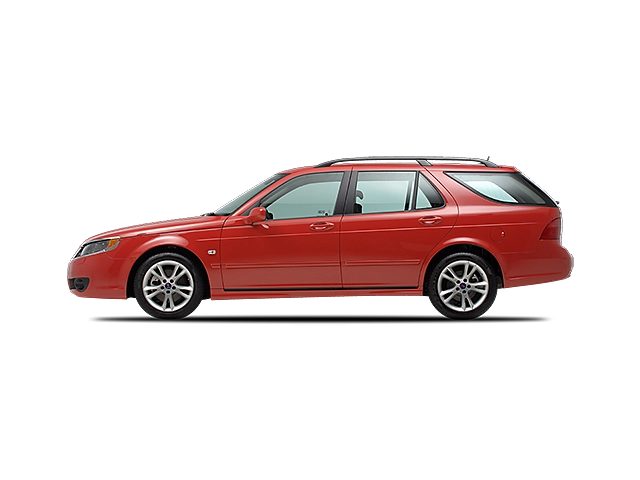2003 Saab 9 5 Owner's Manual

Table of Contents
2003 Saab 9 5 Overview
Introduction
The 2003 Saab 9-5 is a striking blend of Scandinavian design and automotive performance, offering a distinctive alternative to conventional midsize luxury sedans. With its bold exterior and plush interior, the 9-5 encapsulates Saab's philosophy of providing a unique driving experience combined with advanced safety features. As a car that marries comfort with capability, the 9-5 targets drivers seeking both style and substance.
Powertrains
The 2003 Saab 9-5 offers a range of robust powertrains that underscore its performance credentials. The base model is equipped with a lively 2.3-liter turbocharged inline-four engine generating 185 horsepower, delivering ample power for city commuting and highway cruising. A more potent 3.0-liter V6 engine is available, producing 200 horsepower and providing a smooth, refined ride. Both powertrains can be paired with either a five-speed manual transmission or a five-speed automatic, allowing drivers to select their preferred driving experience.
Trims
Features
Inside, the 2003 Saab 9-5 is outfitted with innovative features that enhance comfort and convenience. Standard equipment includes dual-zone climate control, a premium audio system, and power-adjustable front seats. Safety features, including antilock brakes and side-impact airbags, contribute to the model's commendable safety ratings. Optional features such as a navigation system and rear parking sensors further elevate driving ease.
Owner’s Manual
The owner’s manual for the 2003 Saab 9-5 serves as an essential guide for navigating the vehicle's features and maintenance requirements. It includes information on operating and troubleshooting the car, ensuring owners can maximize their driving experience while adhering to maintenance schedules. Detailed sections cover warranty information, tech features, safety protocols, and practical tips for performance enhancement, enabling owners to fully enjoy their Saab 9-5.
User manual download
The Saab 9 5 owner manual for the 2003 model year is to be found in PDF downloadable format on this page. The owner manual for the model year 2003 is free and in English, but the repair manuals are usually not easy to get and may cost more.
Manual Questions
Fill the form below and someone will help you!

